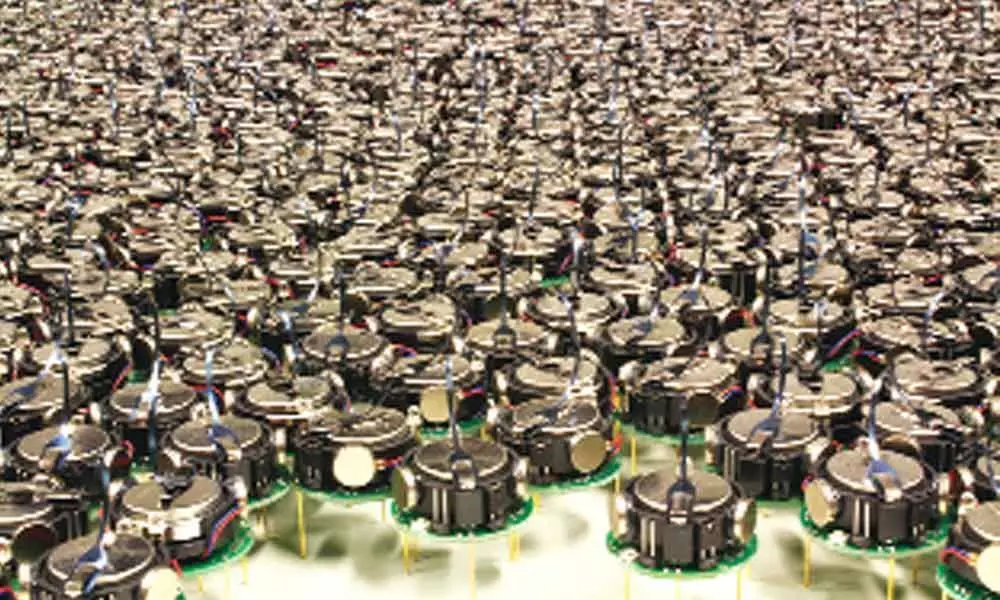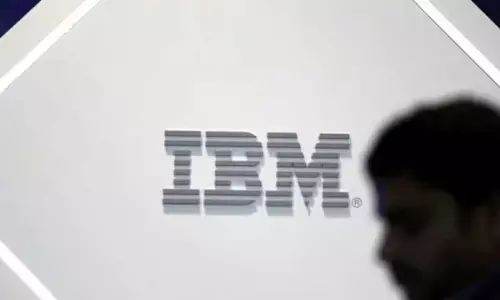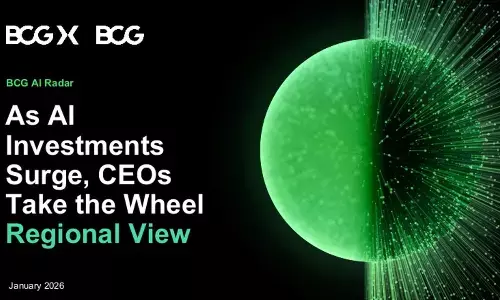Swarm intelligence in-thing in tech space

We all have heard "two minds are better than one" in the context of group decision making.
We all have heard "two minds are better than one" in the context of group decision making. What if we had more than two and in fact a swarm of minds working collectively at solving a problem.
The animal kingdom has thrived on, leveraging this concept for a long time.
A lot of species live as social groups primarily to find food and fight the enemy. While each one lives in their own habitat, they use collective intelligence on the essential tasks.
Simple at the individual level, these creatures display a surprising amount of complexity and creativity when they work in groups. Nature has this trait all across and is called swarm intelligence.
Examples of swarm intelligence in natural systems include ant colonies, bird flocking, hawks hunting, animal herding, bacterial growth, fish schooling and microbial intelligence.
Researchers have started to use this in fields such as blockchains, medicine, data mining and robotics, mainly inspired by biological systems in nature.
The idea is to have multiple subsystems, let's call them agents acting in tandem towards a common goal. The agents follow straightforward rules.
There is no centralized control structure dictating how they should behave. Local, and random, interactions between the agents lead to the emergence of 'intelligent' global behaviour, unknown to the individual agents.
These principles can be applied to a swarm of robots similar to say a colony of ants. Each robot will follow a small set of rules, leading to a disciplined and self-sufficient organisation.
For instance, a swarm of simple robots at a Georgia Research Centre played the piano. They were not programmed to communicate, but solely based on the position of the robots around them; they were able to play their role in the composition.
Another example of the Chinese company Ehang launching a swarm of thousand drones into the sky is fascinating. They performed acts lighting up the sky with colourful and detailed displays. They were able to auto-correct errors that popped up as well.
Some of the key positives of this approach are
Parallel Action:
Individuals in the swarm have similar capabilities and rule sets. They can perform different actions in different situations during the same action sequence.
This feature makes the system highly flexible by allowing parallel action. Which gives the group a capability to organize in teams which can handle two parts of a complex task simultaneously.
Fault Tolerance:
The fact that there is no central control allows the system to adapt to a failing individual, where that task can be quickly substituted by another individual who is in a healthy state.
This action is possible because no single individual is in charge of controlling the overall system. It is the outcome of the group dynamic that makes the mission successful.
The concept of blockchain is based on community support. Cryptocurrencies like Bitcoin, Ethereum, and Litecoin are driven by the people mining them so their blockchains can function.
In the big picture, a blockchain performs no differently than an ant colony that naturally finds the most efficient way to move large tracts of transaction information.
The medical community is looking into using swarms of nanobots for precision delivery of drugs, microsurgery, targeting toxins, and biological sensors.
When looking at bird formations in the sky or looking at the schools of fish moving like one single unit, one would never have thought that the day will come when we can leverage this hidden intelligence for solving real-life problems using this technology.
(The author is Chairman and CEO of Hyderabad-based Brightcom Group)















